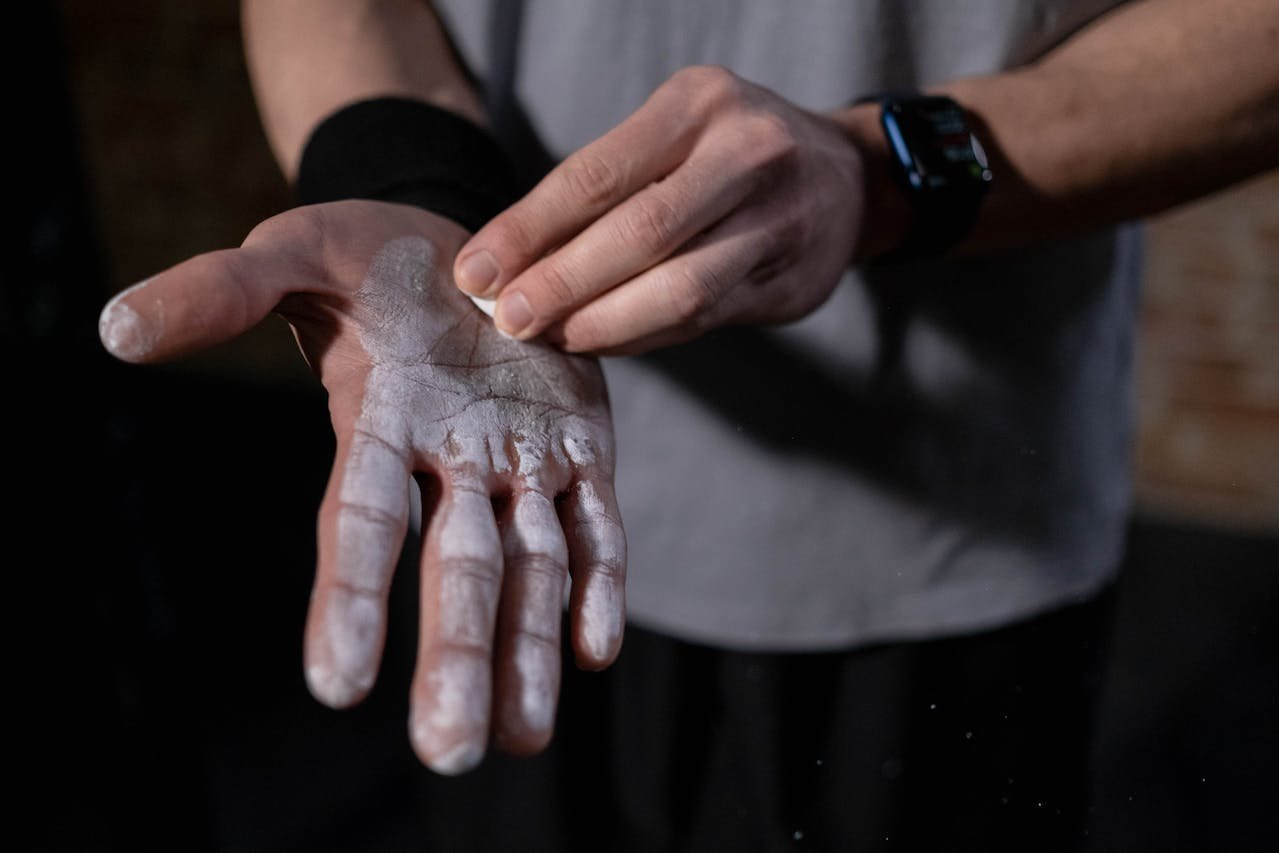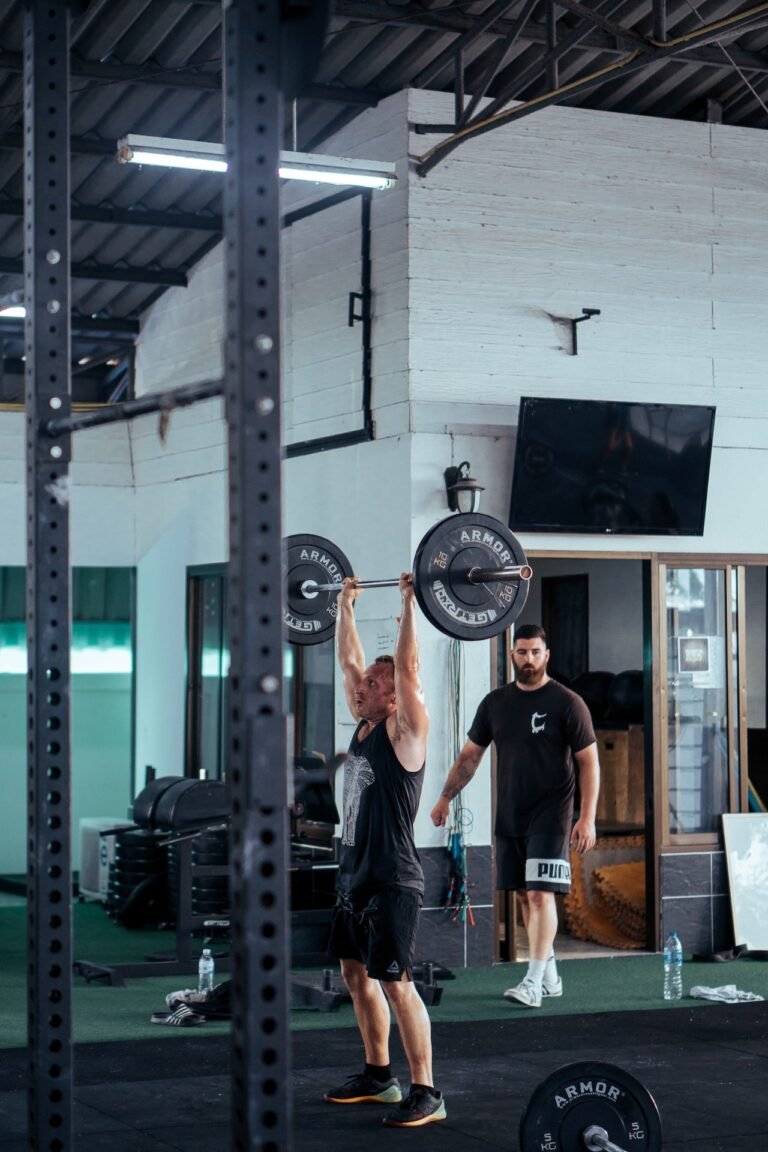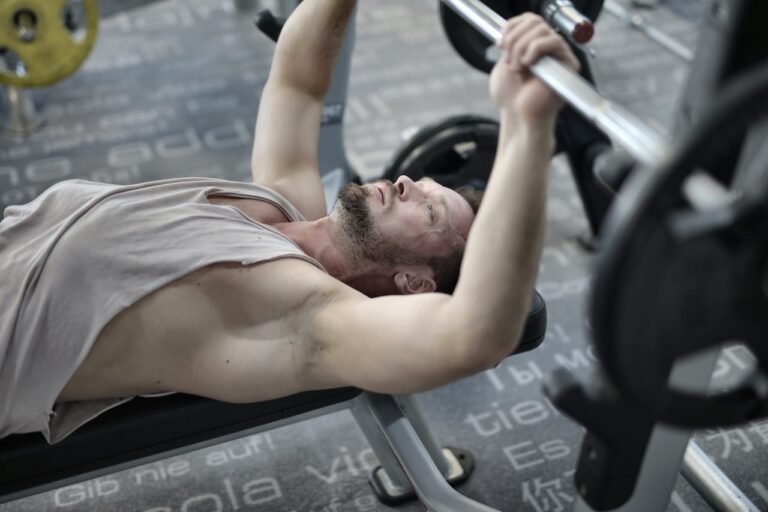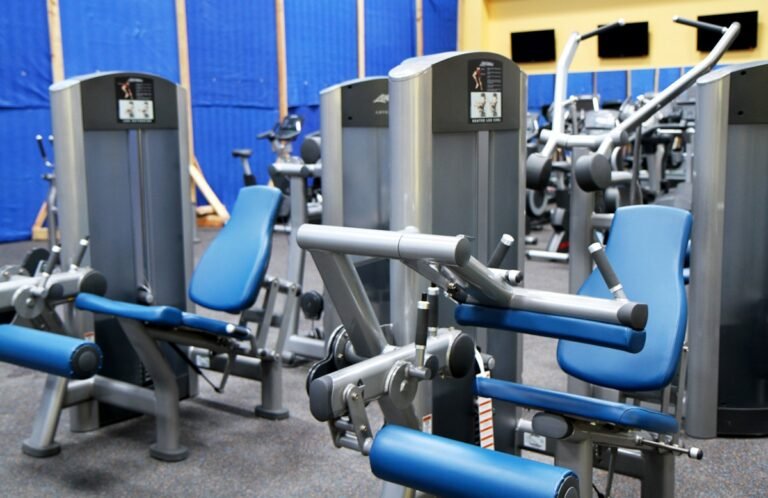Lifting Chalk Essentials: Enhance Your Fitness Routine for Optimal Muscle Activation
When it comes to fitness training, maintaining a secure grip is paramount. This is where lifting chalk steps in, serving as an indispensable ally. This simple yet effective tool can drastically improve your hold on weights, allowing you to focus on form and execution rather than worrying about slippage.
Maximizing Your Workout: How Lifting Chalk Improves Performance
Incorporating lifting chalk into your workout regimen can lead to performance gains. As your hands sweat, equipment becomes harder to hold onto, which can hinder your ability to perform lifts with the necessary intensity. By absorbing moisture and reducing friction, chalk can help you maintain a firm grip, which is essential for exercises like deadlifts, pull-ups, and kettlebell swings. Consequently, this allows for increased concentration on muscle engagement and workout intensity, paving the way for a more effective session.
The Benefits of Lifting Chalk in Professional Fitness Routines
Professionals in the fitness industry often rely on lifting chalk to help them maintain peak performance. Its benefits extend beyond just a better grip; it also helps in reducing the risk of blisters and calluses, thereby allowing for more frequent and intensive training sessions. Additionally, the mental assurance of a secure grip can boost confidence in lifting heavier weights, which is a crucial factor for professional athletes looking to maximize their training outcomes.

Why Lifting Chalk is a Game-Changer for Serious Fitness Enthusiasts
For those who are serious about their fitness journey, lifting chalk is not just an add-on; it’s a game-changer. This straightforward tool enhances safety by preventing weights from slipping, which could lead to injuries. Moreover, by facilitating a stronger grip, it enables lifters to focus on the targeted muscle groups without the distraction or limitation of a weak hold.
What It Is and How to Use It Correctly
Lifting chalk is primarily made of magnesium carbonate—a compound that effectively absorbs sweat and moisture. To use it correctly, start with clean, dry hands. Dust a small amount onto your palms and fingers, spreading it evenly. Rub your hands together to cover all the areas that will come into contact with the equipment. Remember, a little goes a long way; overapplication can lead to wastage and excessive dust.
The Ultimate Comparison: Lifting Chalk vs. Traditional Grip Aids
While traditional grip aids like gloves or straps can provide a layer of protection and improve grip, they often can’t match the effectiveness of lifting chalk. Gloves, for instance, can add bulk and reduce the feel of the weight, which can alter lifting technique. Straps may compensate for grip strength, which could lead to underdevelopment of grip-related muscles. Lifting chalk, in contrast, maintains the natural feel of the weight and allows for proper development of grip strength without compromising the tactile connection to the equipment.

Lifting Chalk Secrets: Tips for a Non-Slip Workout Experience
When it comes to enhancing your workout, the details matter. One such detail that can make a significant difference is the use of lifting chalk. The primary benefit of this simple tool is its ability to absorb moisture, reducing the possibility of your grip slipping during a heavy lift. This not only improves performance but also safety.
To begin with, it’s crucial to apply lifting chalk to dry hands. Make sure you cover all areas that will come into contact with the equipment, including the creases of your fingers where sweat can accumulate. A thin, even coating is often enough to provide the necessary friction.
Choosing the Right Lifting Chalk for Your Fitness Regimen
Selecting the right type of lifting chalk is a matter of personal preference and the specifics of your workout routine. The most common forms are block chalk, powder, and liquid chalk. Block chalk is the traditional choice and can be crushed into a fine powder that coats the hands evenly. Powdered versions offer convenience, while liquid chalk provides a mess-free application with long-lasting grip.
Each type has its pros and cons. For instance, block chalk can be messy but is typically purer and lasts longer on the hands. Liquid chalk, on the other hand, is portable and quick-drying, perfect for gym-goers who are on the go. Experiment with different types to find what best supports your fitness goals.
How to Apply Lifting Chalk for Optimal Grip Strength in Fitness
Applying lifting chalk effectively is an art. Start by dusting a small amount onto your palms, then rub your hands together, ensuring you cover the fingertips and the base of your fingers. It’s important not to overdo it; too much chalk can build up and actually reduce your grip. Once applied, clap your hands gently to remove any excess.
Additionally, reapply as needed, especially in sessions where you’re sweating more than usual. However, always brush off any remnants from the barbell or dumbbells as a courtesy to other gym users.
The Role of Lifting Chalk in Preventing Blisters and Calluses During Workouts
One often overlooked aspect of lifting chalk is its protective role. By improving grip and reducing friction, it lessens the skin’s direct contact with rough surfaces, thereby preventing the formation of blisters and calluses. This is especially beneficial during repetitive motion exercises like deadlifts or pull-ups.
Nevertheless, some degree of callus formation is normal and can actually protect your hands in the long run. The key is to maintain a balance, and lifting chalk can help with that.
From Beginners to Pros: Techniques for All Levels
Whether you’re just starting out or you’ve been training for years, lifting chalk can be an integral part of your regimen. For beginners, it’s about getting used to the feeling of a firmer grip. Start with simple exercises and apply chalk as you increase the weight and intensity of your workouts.
Pros, on the other hand, may use chalk in more strategic ways, applying it only on certain areas of the hand that are prone to slipping. They understand their grip dynamics and can fine-tune chalk application to their specific needs during complex lifts.
Lifting Chalk and Skin Care: Protecting Your Hands While You Lift
While lifting chalk is great for a non-slip workout experience, it can also dry out your skin. To counter this, incorporate a hand-care routine that includes moisturizing after workouts and possibly at night. Look for creams that are designed for athletes, which help in repairing and protecting the skin.
In addition, make sure to clean your hands after using chalk to prevent any potential irritation or dryness. Maintaining healthy skin is crucial as it forms the primary barrier between you and the weights you lift.
The Science Behind Lifting Chalk and Its Impact on Muscle Activation
When it comes to improving your grip during a strenuous workout, lifting chalk is not just a traditional accessory—it’s a critical element backed by science. The primary component of lifting chalk, magnesium carbonate, acts by absorbing moisture from the hands, creating a dry and friction-filled surface that enhances grip. This secure grip allows lifters to concentrate on their technique and perform exercises with greater efficiency.
Muscle activation is a key factor in an effective fitness routine. When a lifter’s grip is compromised due to sweat, the body’s natural response is to recruit additional forearm muscles to maintain the grip on the weight. This can cause premature fatigue in those muscles, shifting the focus away from the primary muscle groups being targeted. By using chalk, athletes can ensure a stable grip, thus maintaining proper form and allowing for optimal muscle activation and development.
Top Lifting Chalk Products Reviewed for Fitness Aficionados
Moreover, with the fitness industry always evolving, several top-tier chalk products have emerged. Each promises a better grip, but how do they stack up? Through extensive testing and user reviews, a few products stand out:
- Product A: Known for its longevity, this chalk keeps your hands dry for an entire heavy-lifting session without reapplication.
- Product B: This one is praised for its eco-friendly packaging and its fine texture, which provides a smooth and even coat.
- Product C: Offering a unique liquid formula, this product is favored by those who dislike the mess of traditional chalk.
Selecting the right product is contingent upon personal preference and the specific demands of one’s workout regimen.
The Do’s and Don’ts of Lifting Chalk in Gym Etiquette
However, as beneficial as lifting chalk can be, it’s crucial to employ proper gym etiquette when using it. Do ensure you apply it over a towel to avoid a mess. Don’t leave chalk residue on the equipment—clean up after use. Do keep your own supply, as sharing can lead to cross-contamination. And importantly, don’t use it excessively; a light coating will often suffice.
Sweat-Proof Your Grip: How Lifting Chalk Can Enhance Your Fitness Routine
In addition to etiquette, integrating lift chalk into your fitness routine can be transformative. For those engaging in high-rep sets or circuit training, the chalk acts as a barrier against the sweat that can accumulate quickly. This means fewer breaks to wipe your hands and a more fluid, uninterrupted workout session.
Crafting the Perfect Fitness Routine with Lifting Chalk
Ultimately, crafting the perfect fitness routine with the inclusion of lifting chalk involves understanding your workout needs. Start by assessing the intensity and grip demands of your exercises. Incorporate chalk into your routine during lifts that require a solid grip, such as deadlifts, pull-ups, and kettlebell swings. Remember to apply it sparingly and with attention to cleanliness. With these considerations, this chalk can be a small but mighty ally in your fitness journey.







